Wood is a remarkably versatile and one of our oldest building materials because it is naturally available and ideal for various applications. In addition to its appearance and texture, there are so many advantages of wood.
The term timber and wood are used synonymously, but they have a distinct meaning in the building industry. Wood is used to describe the furniture and other non-structural items while the timber is used to describe the structural product of wood. It is also known as Lumber in North America.
Wood is the hard, fibrous material that is made from the significant part of the trunk and branches of a tree whereas timber is a wood which retains its natural physical structure, chemical composition suitable for various engineering works.
Let’s have a look at different advantages and disadvantages of wood.
Advantages of Wood as a Building Material
01. Wood is Environment Friendly
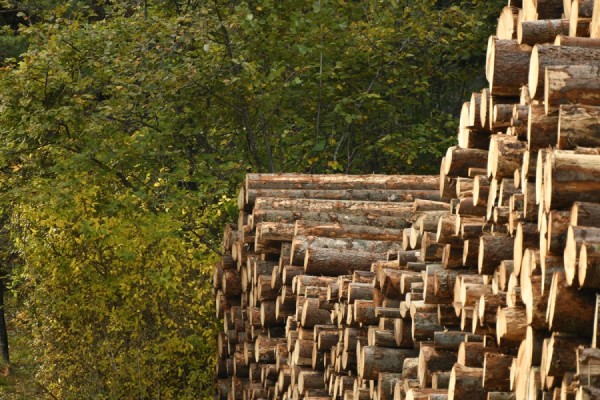
Wood is environment friendly. Building construction with wood can reduce energy consumption and carbon dioxide (CO2) emission due to the manufacturing of various other construction materials.
02. Wood is Renewable
Wood is a naturally renewable material that is directly obtained from the tree. So it has a low production cost, less energy consumption and no hazard or pollution.
03. Good Texture of Timber
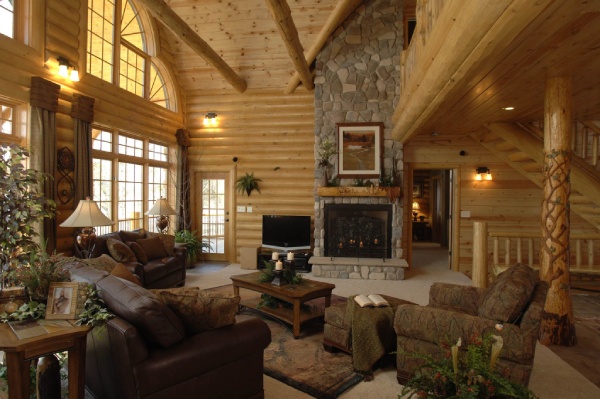
The texture of the wood can create a comfortable environment inside the home, which is better than any other materials such as metal or glass. Furniture made from wood is beautiful due to its excellent texture. You can buy it for your home decoration.
04. Aesthetics of Timber House
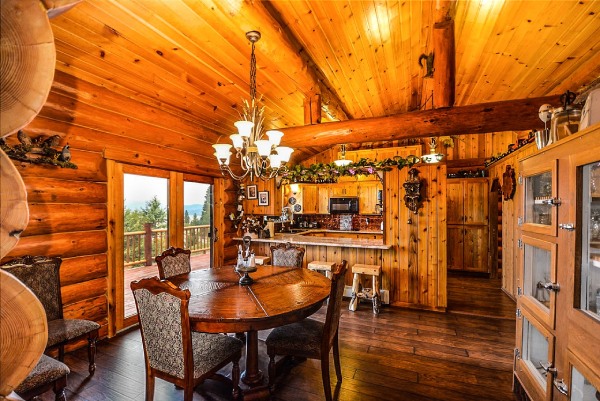
Wood is naturally beautiful and aesthetically pleasing. Wood has a broad range of colours, grains and textures, making it visually attractive. Also, it is useful as furniture or decorative material.The furniture and various decorative items made attractive because of the aesthetic property of wood, for example dining table, coffee table, sofa, etc.
05. Natural Insulator Building Material for House Construction
The air pockets within the cellular structure of wood makes it a great insulator. Also, it can exchange moisture with the surrounding air which protects the wood against mild fluctuations in temperature and humidity.
The use of wood products within a room can improve indoor air quality by moderating humidity. This effect occurs due to wood releasing and absorbing moisture to maintain equilibrium with the surrounding air. Therefore, wood can release moisture in dry conditions and absorb moisture from the air in humid conditions.
06. Effect on Human Health Due to Timber House Construction
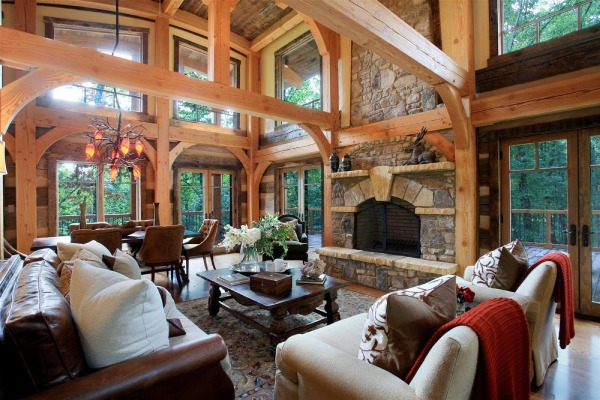
Wood is a natural material that has several uses along with its aesthetic beauty. According to a report, “Wood – Housing, Health, Humanity” released by ‘Planet Ark’, the presence of wood can create a positive impact on human physiology.
The use of wood in the interior of the building has psychological and physiological benefits which is almost similar to the effect of spending time outside in nature. Also, compared with other materials, the presence of wood can lower blood pressure and heart rates, reducing stress and anxiety etc.
07. Lumber is Structurally Strong and Stiff
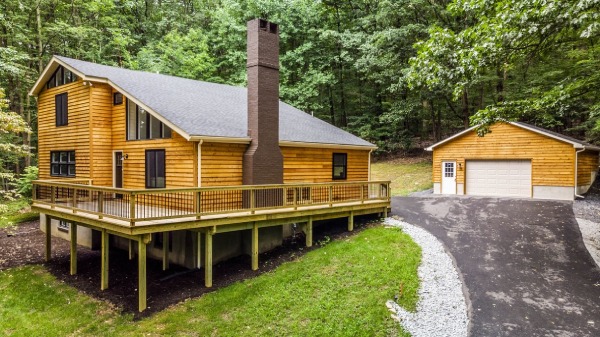
Wood is a lightweight material, but its strength is high. According to ‘David Doran And Bob Cather’ (Author of book called Construction Materials Reference Book), Timber’s cellular nature gives it a strength-weight ratio that is better than mild steel as well as making it a reasonably good thermal insulant.
08. Durability of Timber
Wood is a durable building material for home, and the latest wood preservatives enhance its durability. A correctly designed timber structure is extremely durable, and there is little risk of excessive moisture movements or decay. In the exposed situation, the service life of timber structure can be increased by unique treatments.
09. Electric Insulation of Timber
Wood is a material with excellent electrical insulation and has poor electric conductivity. Therefore it can protect users from electric shocks inside the house.
10. Good Thermal Resistance of Lumber
The thermal conductivity is a measure of the rate at which heat flows through a material. The reciprocal of thermal conductivity is thermal resistance.
The thermal conductivity of wood is minimal. According to ‘Yan Li and Shuxia Ren’ (Author of a book called Building Decorative Materials), Compared with wood, the thermal conductivity of aluminum is 2000 times higher, and plastic is 30 times higher. Wood has excellent performance when you think of thermal resistance.
11. Versatility of Timber
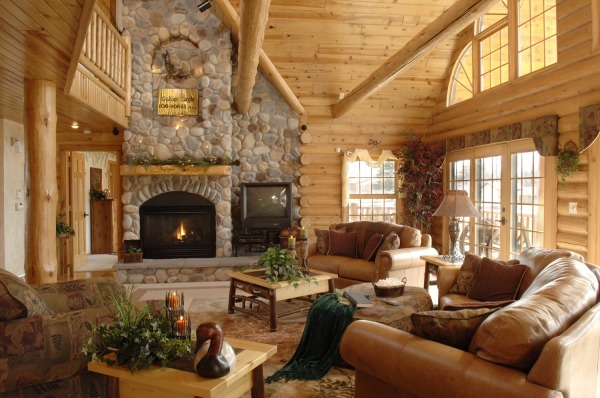
Timber can be manufactured in a variety of shapes, from straight beams, curved arches etc. Sizes of individual elements of timber are limited only by shipping capabilities. Components for large assemblies can be fabricated in a plant and can be transported at the job site.
12. Easy to Work with Timber
Wood is neither too hard nor too soft, which makes it easy to work. The various components for timber house construction can be built offsite, which can reduce the onsite construction time. The significant advantage of using timber in place of concrete is the elimination of setting and drying times, so construction is speedy.
13. Wood is Cost Effective
Installation of wood is easy, fast and reduces costs at site. Its high strength and stiffness permit the use of smaller members for additional cost savings. According to ‘Andrew Dunn’ (Researcher of Timber Development Association – Australia), in terms of building expenses, timber frames are consistently the most cost-effective solution as compared to the different wall framing system.
Every material has advantages and disadvantages to use. Let us see a few disadvantages of wood.
Disadvantages of Wood as a Building Material
01. Wood can Catch Fire Easily

Wood can quickly catch fire because it consists of organic compounds mainly composed of carbon and hydrogen, which combine with oxygen and burns.
02. Deterioration of Timber
The surface of the wood can be degraded if it repeatedly becomes dry and wet, exposed to high and low temperatures and direct sunlight. It also decays due to attack by fungi, termites, carpenter ants, marine borers etc.
Summing up, in olden days, natural wood products were available to engineers. Nowadays, a variety of natural wood products are available. The need to increase the efficiency of the use of wood products has led to the development of engineering wood products.
Though a wide range of building materials are available for building construction, still, wood is most commonly used construction material in many parts of the world because of its attractive appearance, reasonable cost, ease of working, and adequate life if protected from moisture and insects.
Wood has many benefits due to which it is preferred over many other building materials. Owing to the above mentioned advantages of wood, it can be used in buildings as doors, windows, frames, temporary partition walls, roof trusses, ceilings and formwork etc. Wood is not only a suitable material for construction but it also enhances aesthetic value.